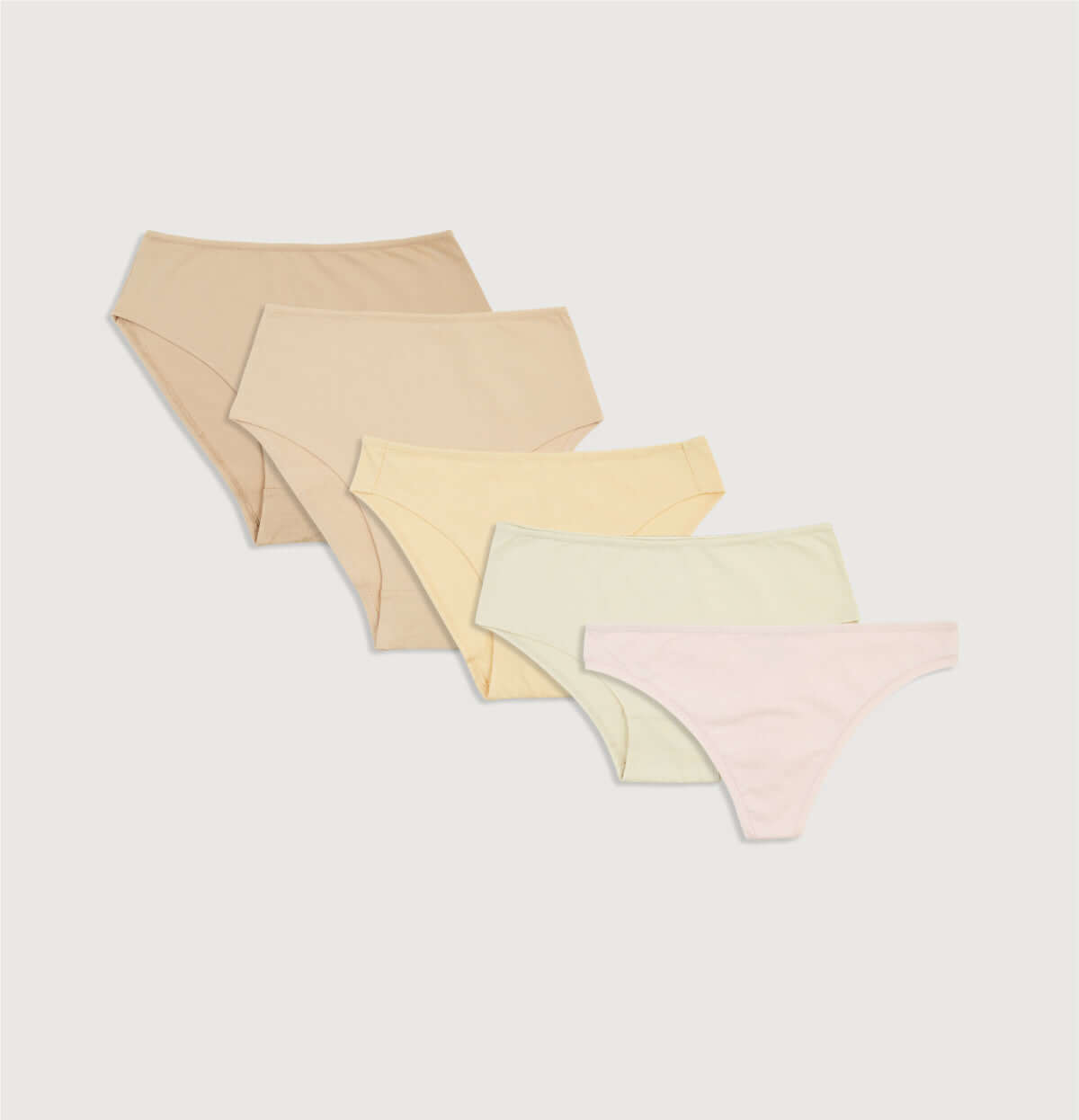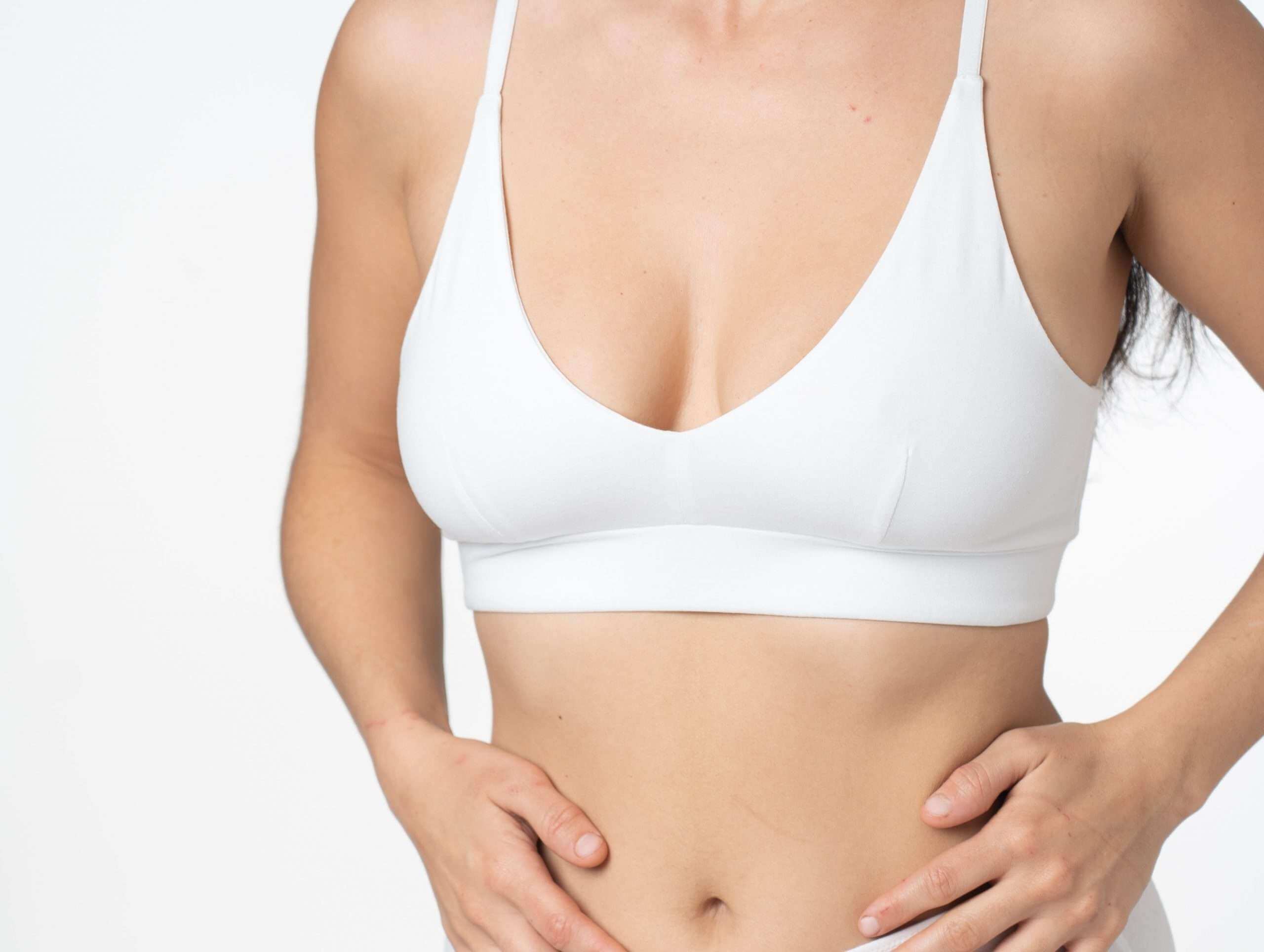For generations, menstruation has been a charged and hushed subject. In some cultures, such as traditional India, women during their period were separated from family circles and were forbidden to participate in religious ceremonies. In medieval Europe, religious views saw menstruation as part of the original sin, and this contributed to the worsening of attitudes towards women. Even in modern cultures, such as in the 1950s in the United States, advertisements and social messages preferred to hide any discussion of menstruation. In many cultures, women have dealt with feelings of shame and discomfort when it comes to the most natural thing about their bodies. But in recent years, a new approach and advanced technology such as menstrual underwear have helped break the taboo and lead to a significant change in the public discourse around menstruation.
Menstrual underwear, more than a functional product, is a symbol of social change. It gives women the opportunity to deal with menstruation in a comfortable, environmentally friendly way, and most importantly, one that promotes open and healthy discourse.
The Menstrual Cycle: A Revolution in Perception
The discourse around menstruation has undergone a significant change in the 21st century. In the past, it was a topic surrounded by myths, shame, and sometimes discrimination. Terms like "female sick days" were sometimes used as an excuse for discrimination at work, and in some societies around the world, menstruation is still viewed as an "unclean period."
The introduction of menstrual underwear directly challenges these myths and prejudices. For example, the misconception that menstruation is “dirty” or unhygienic is completely undermined when women choose a reusable, eco-friendly product. In addition, the view that menstruation is a private matter that should not be discussed in public is changing, thanks to campaigns that proudly and naturally show women wearing menstrual underwear. This simple yet revolutionary product invites women to talk about their periods more openly – not only among themselves, but also in the public sphere.
Why menstrual underwear?
Menstrual panties are not just another product in the feminine hygiene market. They embody social, environmental, and personal values:
- Comfort and usability: Menstrual underwear is an easy-to-use solution that allows women to manage their menstrual days without having to carry additional products such as pads or tampons.
- Environmentally friendly: While disposable products like tampons and pads pollute the environment, menstrual underwear can be reused for years. This is an important step towards sustainability.
- Female empowerment: Menstrual underwear allows women to feel comfortable with their bodies, and not be ashamed of their menstrual cycle.
How menstrual underwear affects public discourse
1. Openness in public communication
Period underwear has opened up a more open discourse on social media, in advertisements, and among diverse audiences. Instead of hiding the menstrual cycle, the new discourse emphasizes that it is a natural process that is important to acknowledge and deal with without shame.
2. Change in advertising messages
In the past, feminine hygiene product advertisements tended to portray the menstrual cycle in an overly subtle or even artificial way (such as using blue fluid instead of red). In contrast, menstrual underwear campaigns present more authentic and real messages that speak to consumers at eye level.
3. Education and awareness raising
Period panties have become an educational tool among teenagers. In many schools, discussions about menstruation are accompanied by the introduction of innovative products like period panties. This helps students feel more comfortable talking about the topic and understand their options.
Remaining struggles
Despite much progress, there are still barriers to fully normalizing the menstrual cycle. In some societies, menstruation remains a taboo subject, and menstrual underwear is still seen as a “weird” product. The costs of menstrual underwear can be relatively high, and they are a barrier for women with low incomes. In addition, the lack of sufficient information about the use of this innovative product prevents many women from trying it.
Looking to the future: Where are we headed next?
The revolution that menstrual underwear has started is just the beginning. In the future, we can expect to see:
- Technological developments: Advances in manufacturing technologies may lead to the creation of even more advanced menstrual underwear , with increased absorption capabilities, customization for different needs, and the use of smart and environmentally friendly materials.
- Product accessibility: Lower-cost mass production could make menstrual pads more accessible to all segments of the population. Additionally, we may see government or organizational initiatives to distribute these products in schools, shelters, and rural areas.
- Integrate into education systems: Menstrual education programs could include more information about modern options, including menstrual underwear. This would help girls and boys understand the topic in a more profound and respectful way.
- Continuing to break cultural taboos: Over time, menstruation may become a topic that is not perceived as “embarrassing” or “limited to women only.” A more open discourse will lead to a broader normalization of the topic, for the benefit of everyone.






